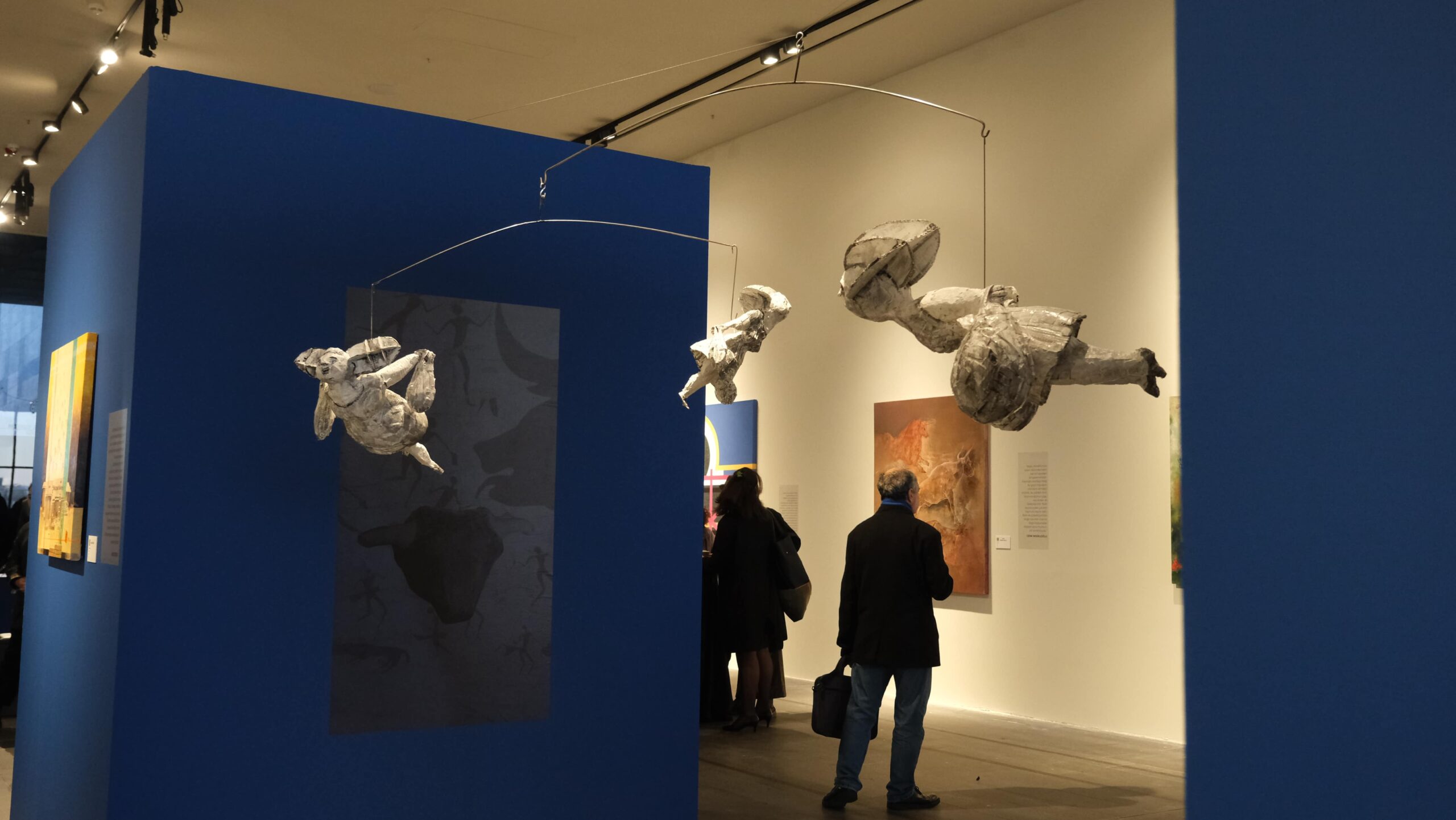Several plant species that have been unearthed during archaeological excavations in the 6,000-year-old Kültepe Kaniş Karum Ruins, where the first written tablets of Anatolia were found, are being examined by local and foreign experts and contributing to the world of science.
Professor Fikri Kulakoğlu, the head of Kültepe excavations, said, “We have scientists working on invisible elements during the excavations. Many elements such as various animals, plants and mineral remains come to the surface during the excavations. Among these, some many fruits and vegetables are impossible to be here today. Many plants such as hazelnuts, olives, or holly, which are not native to this region, can be encountered during excavations.”
The Kültepe Kaniş Karum ancient site is 24 kilometers away from the city center of the Central Anatolian province of Kayseri. Consisting of the mound and the karum surrounding it, which is the remains of the first city founded by the Hittites in Anatolia, the Kültepe ruins are home to administrative buildings, religious buildings, houses, shops and workshop ruins.
The excavations, restoration and inventory works that have been ongoing in the ruins since 1948 make Kültepe one of the important tourism centers of Türkiye. Many plant species unearthed during 75-year excavations attract the attention of local and foreign researchers. Local and foreign experts examine various plant species and contribute to the world of science.
Stating that Turkish archaeologists are not the only ones working in Kültepe, Ankara University Department of Archaeology member Kulakoğlu said, “The Kültepe excavations are a multinational and disciplined excavation. Turkish archaeologists are not the only ones working there, as academics from various universities worldwide work there too. Among these, people from the scientific disciplines we call ‘paleo,’ which means ‘old,’ are conducting studies. Archaeozoology, archaeobotany and paleozoology are among these. Scientists are working on many invisible elements during excavations.”







